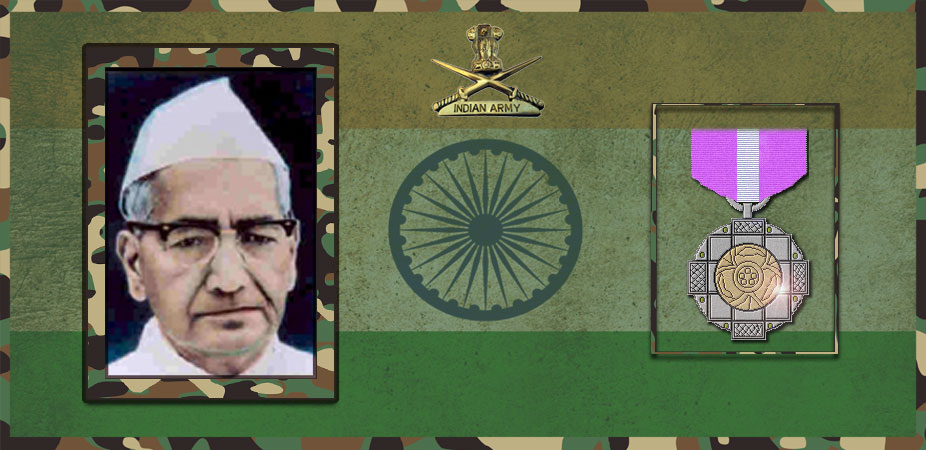Let's salute to our Indian Army together, We are proud to be Indian.
Let's salute to our Indian Army together, We are proud to be Indian.

Ajudhia Nath Khosla (11 December 1892 – 1984) was an Indian engineer and politician. He was the Chairman of the Central Waterways Irrigation and Navigation Commission of India.
Khosla was born in New Delhi, and worked as Vice Chancellor of the University of Roorkee from 1954 to 1959. He was awarded the Padma Bhushan in 1954 and the Padma Vibhushan in 1977.He was nominated as member of the Rajya Sabha the Upper house of Indian Parliament in 1958, but resigned in 1959 and joined the Planning Commission of India. He was the Governor of Odisha from September 1962 to August 1966 and again from September 1966 to January 1968. He was the president of Indian National Science Academy from 1961-62.
Born in Jalandhar district of Punjab, he took up his early education there. After passing the matriculation in 1908 he took his BA with honours from D.A.V. College, Lahore, in 1912. He then joined the Thomason College of Civil Engineering (now IIT Roorkee) in 1913 and passed out in 1916 as a civil engineer.
After graduating in 1916, he started his career with the Irrigation Branch of the Punjab Public Works Department. In few years, the Indian Service of Engineers (ISE) was established (1919) and he was allotted his first assignment (September 1917– March 1921) for surveys and investigations of Bhakra Dam Project . During this period, he spent 18 months on deputation to Mesopotamia as a commissioned officer with the Indian Expeditionary Force. While serving there (1918–1920) he developed the Khosla Disc for precision levelling across rivers and wide valleys. From 1921 to 1926 he was involved in the construction of the Suleimanke Barrage .
In 1931 Khosla was deputed to the US and Europe to study soil reclamation, water logging and the latest techniques in dam design. On his return he was posted to the Panjnad Head Works of Sutlej Valley Canals. Between June and September 1936 while in charge of the Hafizabad Division, he wrote his magnum opus,The design of weirs on permeable foundation.This publication revolutionised the design of such structures in India and abroad.
It not only lucidly presents the theoretical aspects of seepage flow but also provides a complete, simple and reliable method for design of weirs